Los Angeles Water Quality at a Glance
some concerns
Is Los Angeles Water Safe to Drink?
Generally Yes, With Some Caution – LADWP water meets federal standards and the utility states no regulated PFAS compounds detected in their main system. However, chromium-6 levels reach 2.8 ppb (140x above safe levels) and Southeast LA faces environmental justice concerns with PFAS contamination. Water quality varies significantly across LA County’s 97 different water systems, with some smaller utilities facing greater challenges.
⚠️ Key Concerns for Los Angeles Residents
- Chromium-6: Levels at 2.8 ppb – 140 times higher than the 0.02 ppb concentration with negligible cancer risk
- Environmental Justice Issues: Southeast LA communities disproportionately affected by PFAS contamination from industrial sources
- Aging Infrastructure: Lead contamination concerns in older neighborhoods with infrastructure dating before the 1930s
- Multiple Water Systems: LA County has 97 different water systems with varying quality standards and oversight
Read the full report below for detailed analysis, district-specific data, and actionable recommendations for Los Angeles residents.
Los Angeles – California – Water Quality Report 2025: PFAS Testing, Infrastructure Concerns & Safety across your city
Los Angeles, America’s second-largest city, manages a complex water system serving nearly 4 million residents across 600 square miles. The Los Angeles Department of Water and Power (LADWP) operates the nation’s largest municipal utility, delivering roughly 160 billion gallons of water annually through a network of reservoirs, treatment facilities, and 7,200 miles of pipes.
The city sources its water from three main supplies: the Los Angeles Aqueduct (delivering water from the Eastern Sierra Nevada), purchased water from the Metropolitan Water District (Colorado River and Northern California), and local groundwater. Following severe drought conditions over the past decade, LA has increased focus on water conservation, recycling, and stormwater capture to build a more sustainable and resilient water system.
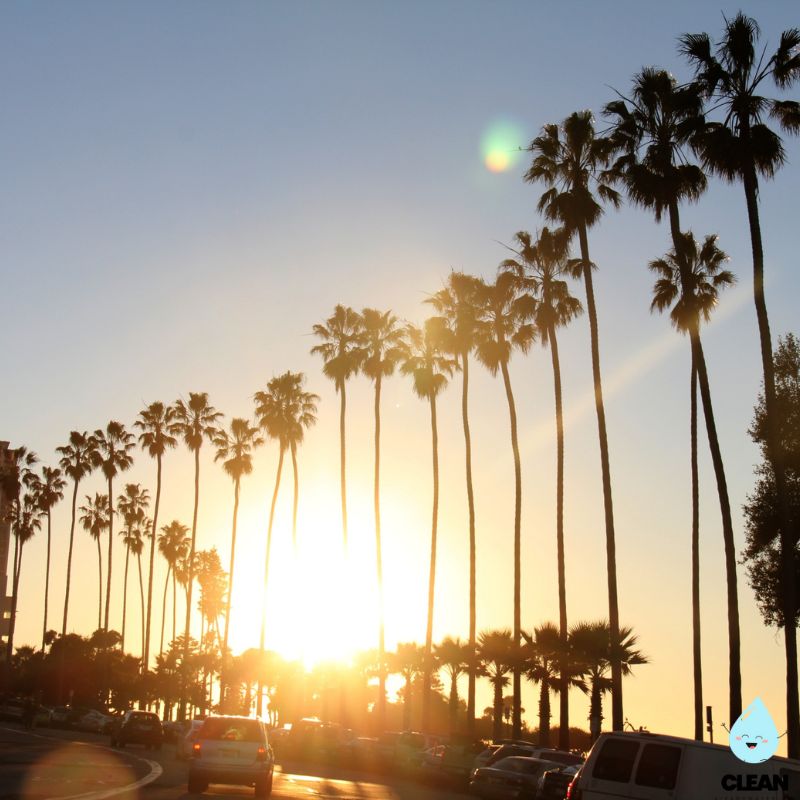
Los Angeles Water Quality: Current Status (2024-2025)
Latest Testing Results
- Chromium-6 Levels: The most recent testing showed maximum chromium-6 levels of 2.8 parts per billion (ppb), which is 140 times higher than the 0.02 ppb concentration determined to have negligible cancer risk impact.
- PFAS Status: LADWP reports no detection of the six federally regulated PFAS compounds in the main water distribution system, though some groundwater sources have been affected and taken offline for treatment.
- Compliance Status: Los Angeles water meets or exceeds all federal and state drinking water standards. The LADWP’s water treatment processes help ensure high-quality drinking water throughout the distribution system.
Infrastructure Progress
- Lead Service Line Inventory: LADWP has completed a comprehensive inventory of service lines under the Lead and Copper Rule Revisions, identifying fewer than 2,000 lead service lines or lines of unknown material that are scheduled for replacement by 2028.
- Water Main Replacement: The city is currently replacing approximately 300,000 feet of aging water mains annually as part of its Water Infrastructure Program, prioritizing pipes installed before 1940.
- Reservoir Improvements: All open reservoirs now use UV or floating covers, underground storage, or advanced treatment facilities to comply with federal regulations and protect drinking water quality.
Water Source and Treatment
- Current Water Sources: Los Angeles sources approximately 30% of its water from the LA Aqueduct, 73% from the Metropolitan Water District (Colorado River and Northern California via State Water Project), and 10-15% from local groundwater, with percentages varying based on rainfall and drought conditions.
- Treatment Process: Water from the LA Aqueduct is treated at the Los Angeles Aqueduct Filtration Plant, which can process up to 600 million gallons per day using state-of-the-art ozonation, filtration, and chloramination processes.
- Groundwater Protection: Enhanced remediation efforts are underway in the San Fernando Valley groundwater basin to address historical industrial contamination, with new treatment facilities scheduled for completion in 2025-2026.
Future Water Quality Initiatives
- Operation NEXT: A major initiative to locally source up to 70% of LA’s water by 2035 through expanded water recycling and groundwater replenishment at the Hyperion Water Reclamation Plant.
- Advanced Testing: LADWP is incorporating emerging contaminant monitoring for PFAS (per- and polyfluoroalkyl substances) and has been preparing for new federal PFAS regulations that will require compliance by 2029.
- Climate Resilience: Investments in diverse water sources and infrastructure protection to mitigate impacts from climate change, including droughts, wildfires, and extreme weather events.
Environmental Justice Concerns
Recent studies have highlighted that water quality challenges disproportionately affect communities of color and low-income residents, particularly in Southeast Los Angeles where PFAS contamination has been detected at higher rates. Los Angeles County operates 97 different water systems with varying quality standards, creating disparities across neighborhoods.
Recommendations for Los Angeles Residents
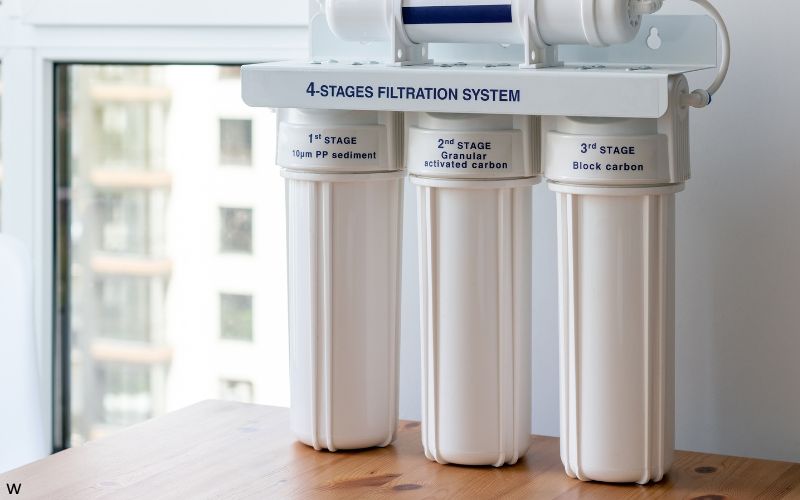
Consider Using Filters
Given chromium-6 levels that are 140 times above safe thresholds, consider using NSF-certified filters for drinking water. Look for reverse osmosis systems or activated carbon filters certified to remove chromium-6, nitrates, and disinfection byproducts (Standard 53).
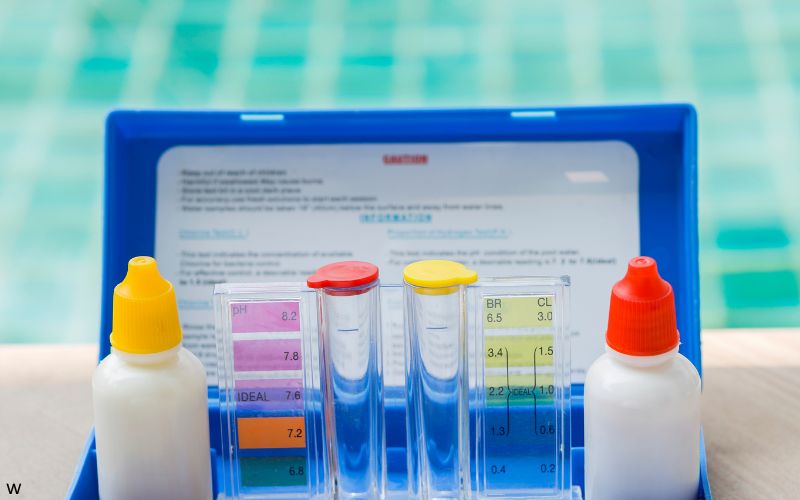
Test Your Water
Los Angeles residents can request water quality testing by calling LADWP’s Water Quality Hotline at (213) 367-3182 or emailing waterquality@ladwp.com to arrange for testing. Review LADWP’s annual water quality report for detailed local data.
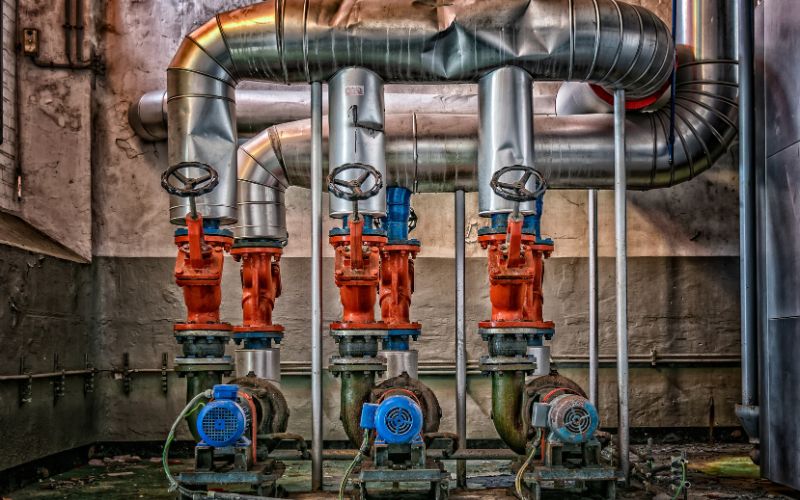
Update Plumbing Fixtures
If you live in a home built before 1986, consider replacing older faucets and fixtures with modern “lead-free” alternatives that comply with current standards.

Flush Your Pipes
If water hasn’t been used for six hours or more, run cold water for 30-60 seconds before using. Always use cold water for drinking and cooking, as hot water may contain higher levels of metals from your plumbing.
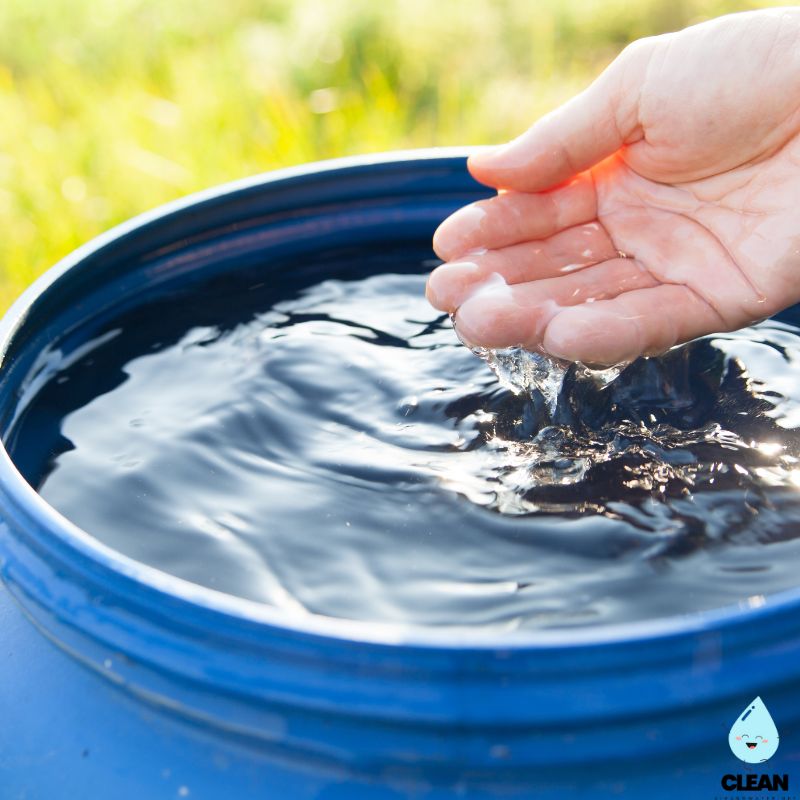
Conserve Water
Follow current water conservation rules and check LADWP.com for updates on restrictions. Install water-efficient fixtures and appliances to reduce usage and take advantage of available rebates.
Quality News About Your Water
Get the comprehensive water quality news coverage you need with our dedicated US Water News Service. From coast to coast, we deliver in-depth reporting and expert analysis on PFAS contamination, EPA regulatory changes, infrastructure developments, and emerging water safety issues affecting communities nationwide. While mainstream media only covers the biggest stories, we provide the detailed, ongoing coverage that helps you understand the full scope of America’s water challenges. Whether you’re a concerned citizen, water professional, or community leader, our daily updates and analytical insights keep you informed about the issues that matter most to public health and environmental safety.
Frequently Asked Questions
Is Los Angeles tap water safe to drink?
Los Angeles tap water meets all federal and state standards for safety and is regularly tested for over 200 constituents. LADWP conducts more than 35,000 water quality tests annually throughout its distribution system. However, the water contains chromium-6 at levels 140 times higher than scientists consider safe for long-term health. While not immediately dangerous, residents may want to consider certified water filters, especially for long-term consumption and in homes with older plumbing.
Why does my water sometimes taste or smell different?
Occasional changes in taste or odor can occur for several reasons. Chloramine (chlorine combined with ammonia), which LADWP uses as a disinfectant, may be more noticeable at certain times. Seasonal changes in source water, temporary increases in disinfectant levels during system maintenance, or varying mineral content from different sources can affect taste and odor without compromising safety. If your water consistently has an unusual taste or smell, contact LADWP at (800) 342-5397 to report it.
Are there lead service lines in Los Angeles?
Los Angeles has relatively few lead service lines compared to older cities in the eastern United States. LADWP’s recent inventory identified fewer than 2,000 service lines that are made of lead or of unknown material that could contain lead. The department is actively replacing these lines and expects to complete this work by 2028, ahead of federal requirements. Most lead exposure from water in LA comes from older household plumbing rather than from service lines. If you live in a home built before 1986, running your water before use and considering certified filters can reduce potential lead exposure.
What is being done about PFAS in Los Angeles water?
LADWP reports that the six federally regulated PFAS compounds have not been detected in their main distribution system. However, some groundwater sources have tested positive for PFAS and have been temporarily taken offline for treatment. Southeast Los Angeles communities have experienced higher PFAS exposure from industrial contamination. LADWP is installing specialized treatment systems at affected groundwater facilities and preparing for federal PFAS regulations that require compliance by 2029. The utility continues regular monitoring and follows all state notification requirements.
Contaminants of Concern

PFAS Compounds
Source: Industrial chemicals that have contaminated some groundwater sources, particularly affecting Southeast Los Angeles communities
Health Effects: Potential developmental effects to fetuses, cancer, liver damage, immune system effects, thyroid disruption
Current Status: LADWP reports no regulated PFAS detected in main system; affected groundwater wells being treated or taken offline
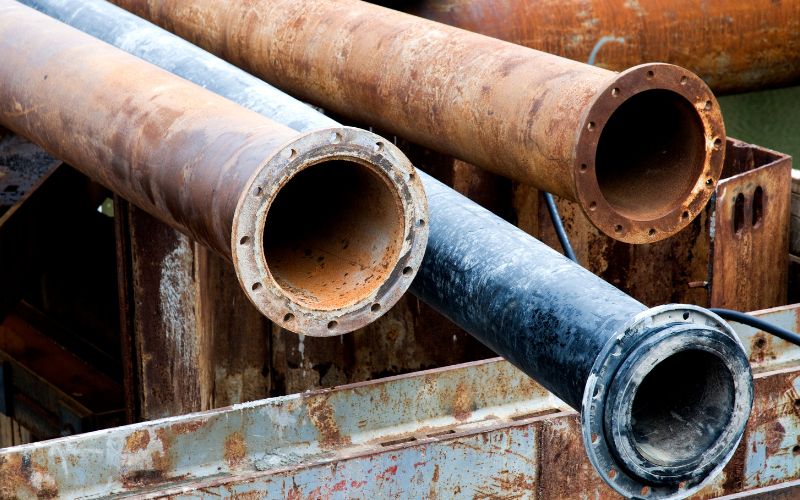
Chromium-6
Source: Industrial contamination and natural geological sources; widespread detection across Los Angeles water systems
Health Effects: Linked to stomach, lung, and intestinal cancers; liver and kidney damage; skin irritation
Current Levels: Maximum detected at 2.8 ppb – 140 times higher than the 0.02 ppb level considered safe for cancer risk California Limit: 10 ppb (effective October 2024)
Please read – our information
The information presented on cleanairandwater.net is compiled from official water quality reports, trusted news sources, government websites, and public health resources. While we strive for accuracy and thoroughness in our presentations, we are not scientists, engineers, or qualified water quality professionals.
Our mission is to present water quality information in an accessible, real-world format that helps people understand what’s in their water and make informed decisions about their health and safety. We believe that complex environmental information should be available to everyone in a format that’s easy to understand.
We make every effort to ensure our content is current and accurate, but we cannot guarantee that all information is complete or error-free. This website should not replace official communications from your local water utility or health department. We always recommend consulting official sources for the most up-to-date information regarding your specific water system.
Clean Air and Water is not liable for any unintentional errors, omissions, or outdated information. The content on this site is provided for informational purposes only and should not be considered professional advice.


